Unforgotten Brands: L&T
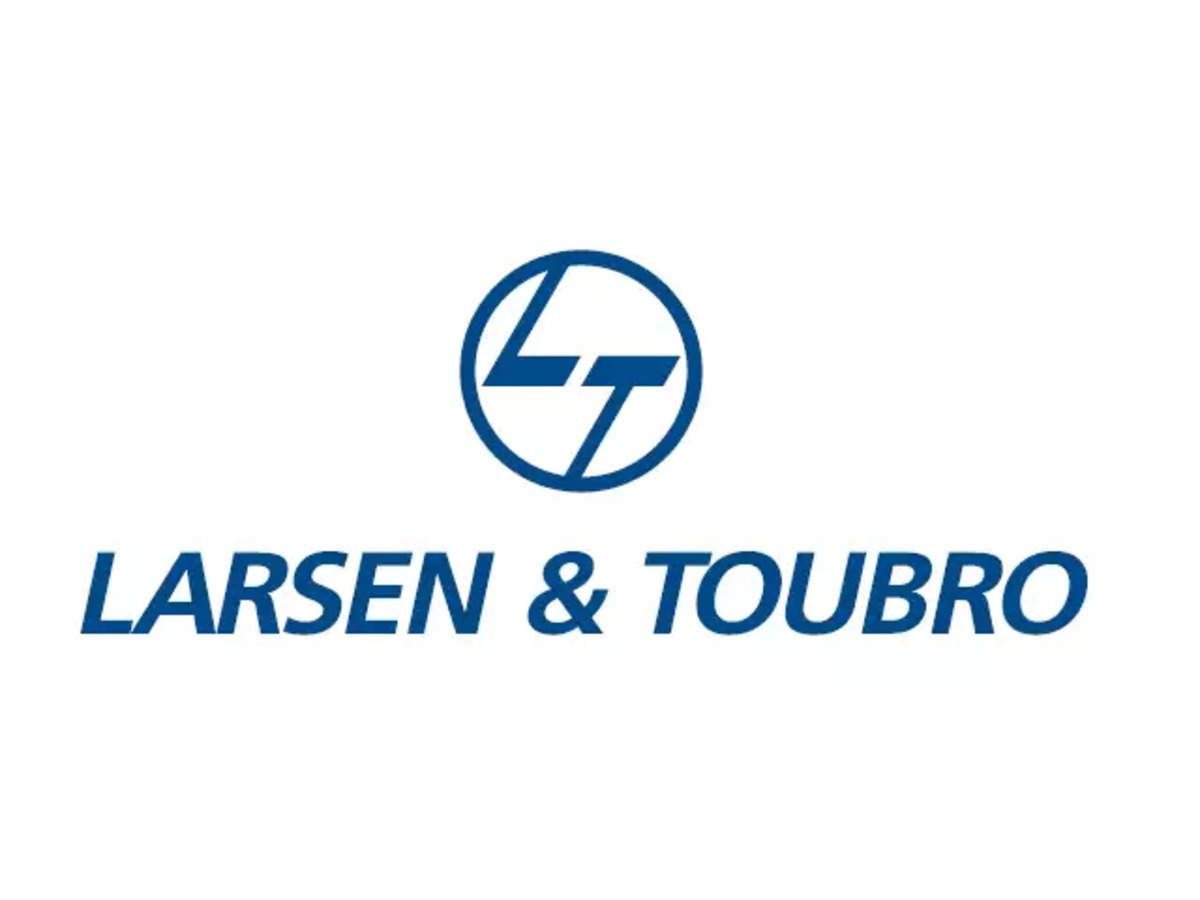
L&T’s legacy is not just in the projects it has completed, but in the enduring values and standards it set for the Indian engineering
In 1934, two Danish engineers named Henning Holck-Larsen and Soren Kristian Toubro landed on the coasts of India. The two men were representatives of the Danish engineering firm F.L. Smidth & Co. (FLS), and they were both educated in Denmark. Both Holck-Larsen and Toubro were civil engineers, while Holck-Larsen specialised in cement technology. Specific projects prompted their arrival in India: Toubro was ordered to erect and commission equipment at the Madukkarai Cement Works near Coimbatore and the Rohri Cement Factory in Hyderabad (Sind), while Holck-Larsen arrived a year later to supervise the merger of multiple cement companies that would later be merged into the Associated Cement Companies (ACC).
Mahatma Gandhi once said, “I am not leading a movement to rid India of its white colonial masters and substitute them with brown ones.” Toubro read this quote in the Bombay Chronicle upon his arrival in India. Because of this comment, Toubro concluded that post-colonial India offered excellent chances for those with contemporary managerial and technical abilities. Holck-Larsen shared this view, and the two dreamed of a future in which India might benefit from their knowledge and experience.
A vacation in Matheran, a hill station near Mumbai, planted the seed of a business idea. Both Holck-Larsen and Toubro, despite their differing levels of daring and caution, recognized the immense unrealized potential in India’s industrial environment, an opportunity that most Europeans had previously overlooked. They chose to remain in India and, with few funds, formed a partnership with Mr. Desai of Bombay, a local partner. At first, they worked out of a tiny room with little more than a table and a chair. Because of resource constraints, they split the tasks: one would manage the office, while the other sought new business.
During the war, the demands of India helped Larsen and Toubro figure out how they might be of most use to the nation. They saw a need for ship repair services and the construction of runways like the one in Santacruz, Bombay. With these initiatives, L&T started its journey.
First Attempts and Expanding
While the war was underway, Holck-Larsen and Toubro saw potential in ship repair and teamed up to establish Hilda Ltd. During the same period, they also established two fabrication and repair businesses. During the wartime internment of German engineers who were to construct a soda ash factory for the Tatas, a major break occurred. Because of this, L&T was able to fill the void.
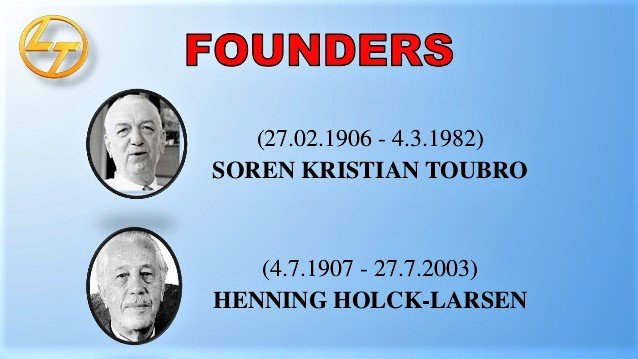
L&T also started importing and distributing European products to India because of the country’s increasing demand for such commodities. Because they knew the ins and outs of the Indian market, they grew quickly. After WWII ended in 1945, Holck-Larsen and Toubro expected industrial service demand to rise in India due to the country’s soon-to-be political freedom. In anticipation of this, they raised capital by reorganizing their partnership into a limited liability company and adding new owners. As it served India, particularly Bombay, L&T gained a reputation for openness, accuracy, and dedication to profitability.
Growth
At first, L&T acted as an agent for the Danish dairy equipment producers. However, because Danish imports were severely limited during WWII, L&T had no choice but to open a small service center to handle servicing and odd jobs. After Germany invaded Denmark, L&T successfully shifted to manufacturing dairy equipment domestically.
The lengthy gestation periods and inherent risks made L&T’s 1944 decision to enter the building industry a perilous one. Larsen and Toubro established the Engineering Construction Corporation (ECC), a wholly owned subsidiary, to mitigate this risk. The basic concept was to separate the construction-related risks from the core company. ECC, a private limited corporation founded in 1946, had grown rapidly despite the inherent dangers. Eleven individuals—including Larsen, Toubro, Erick Mogensen (the chief of FLS and the Danish consul in India), and S. Rudinger (an FLS nominee who works for India Cements Limited)—invested ten thousand rupees apiece to support ECC. A few of their initial customers were ACC, Bombay Municipal Corporation, and Western Railway.
The Bombay Stock Exchange (BSE) listed L&T’s parent company in 1952, following its incorporation as a limited liability company in 1948. Cement, steel, electricity, and fertiliser facilities were ECC’s specialities until L&T bought a large stake in the company. These initiatives were crucial in assisting India’s emerging manufacturing sector and catering to the country’s increasing need for industrial products. The European model of producing and marketing specialised equipment and heavy machinery served as an inspiration for L&T’s approach.
Cultural Impact and Landmark Projects
The mid-1950s filming of “The Bridge on the River Kwai” included ECC’s iconic bridge building. In Sri Lanka, Mortensen, who was an assistant at L&T’s Sri Lankan enterprise, constructed the wooden bridge. The project’s budget ballooned from Rs 8 lakh to Rs 16 lakh, causing tension with Sam Spiegel, the film’s producer. Toubro skilfully navigated the discussions, securing the required money to finish the project. After the bridge exploded in the film’s conclusion, the picture received an Oscar nomination.
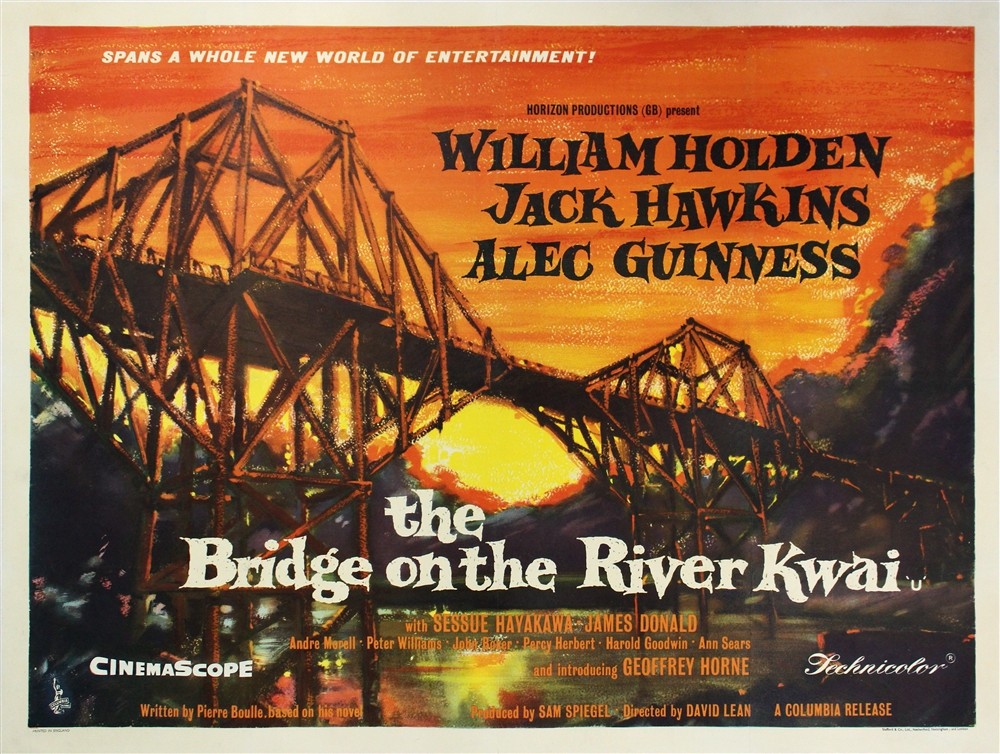
One notable project that L&T completed was the Lotus Temple, a world-renowned Baha’i temple in Delhi.
Mortensen, who became the first general manager of the business, heavily influenced the culture of quality and timely execution at ECC. He significantly assisted in the acquisition of the 26 acres of property in Manapakkam, on the outskirts of Madras, where the company’s headquarters would later be located. ECC built the Jawahar Wet Docks for the Madras Port Trust in 1958, marking the first major project in Madras and the start of L&T’s significant involvement in the city.
L&T acquired ECC in 1959 and made it a wholly-owned subsidiary. By 1963, ECC was able to compete for turnkey projects by providing both design and construction services, thanks to a merger between L&T’s comprehensive design branch in Madras and the construction wing.
After nearly 30 years in the Indian market, Soren Toubro departed from his position at L&T Management Private Limited, the company that managed L&T Ltd. After Toubro’s return to Denmark in 1969, L&T dismantled its agency business. However, he was a member of the L&T Board right up until 1981, and he died in 1982.
L&T continued to evolve in the years leading up to its Golden Jubilee. To provide all-encompassing engineering and construction services, ECC in Madras took over the Engineering Projects Division (EPD) in Bombay in 1968. In 1978, N.M. Desai, the son of co-founder Desai, succeeded Henning Holck-Larsen as Chairman of L&T. Holck-Larsen had presided over the firm for forty years. ECC had already relinquished its separate identity as a business when it merged with L&T in 1984.
Fully Professionally Run
Curiously, the highly competent professionals managing Larsen & Toubro Ltd. do not have any promoter holdings. The company transformed into a blue-chip enterprise without promoters when Toubro and Holck-Larsen resigned from active management in 1962 and 1978, respectively. The visionary CEO and MD, Anil Manibhai Naik, stood hard and fought off hostile takeover efforts by Reliance Industries and Aditya Birla Group, preserving L&T’s continuing independence. L&T expanded its activities and flourished enormously under the guidance of excellent leadership and collaboration power.
Since its establishment, L&T has expanded into other industries. It is used by the infrastructure, power, hydrocarbon, defense, IT, systems & equipment, finance, and real estate sectors. Currently, L&T works with 118 subsidiaries, 25 JVs, and 35 joint operations businesses, and delivers services in over 50 countries.
L&T is now well recognized as a leading engineering business, particularly in the Middle Eastern region outside of India. The firm was able to stay profitable when its local competitors were having trouble securing new orders because of its heavy focus on international markets. Supporting farmers with training in horticulture, zero-budget natural farming, and sustainable agricultural techniques, L&T has also played a vital role in developing India’s social infrastructure, which includes systems for clean drinking water and sanitation. Outpatient departments (OPDs) and health centres abound, thanks to their national expansion.
Many people find motivation in Larsen & Toubro’s meteoric rise. Despite a rocky beginning, the company’s founders have transformed many Indian sectors, making substantial contributions to the country’s progress.
Reference
https://en.wikipedia.org/wiki/Larsen_%26_Toubro
https://www.linkedin.com/pulse/story-larsen-toubro-construction-company-dr-shashank-shah
https://www.marketfeed.com/read/en/larsen-toubro-origin-businesses-and-more

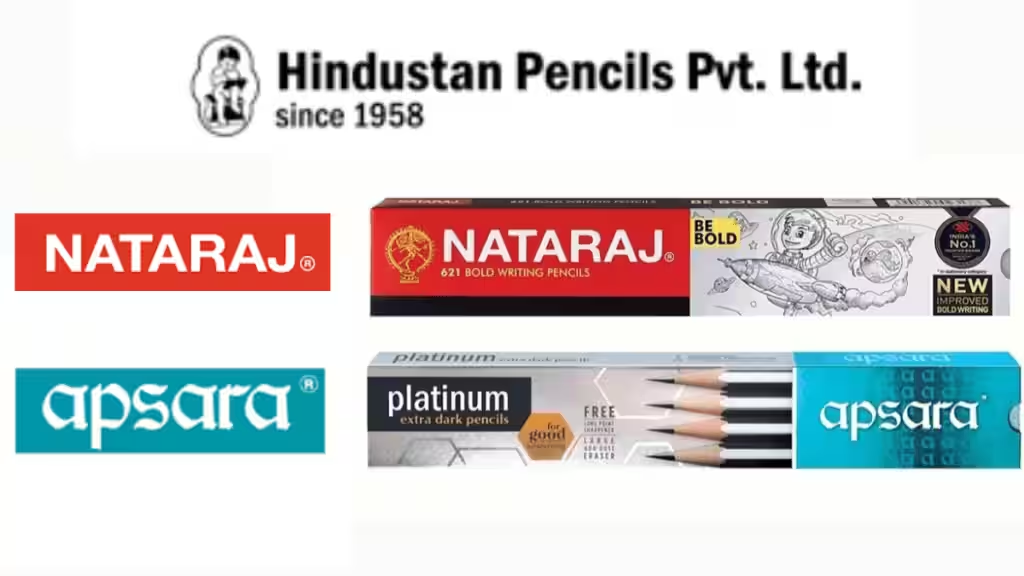
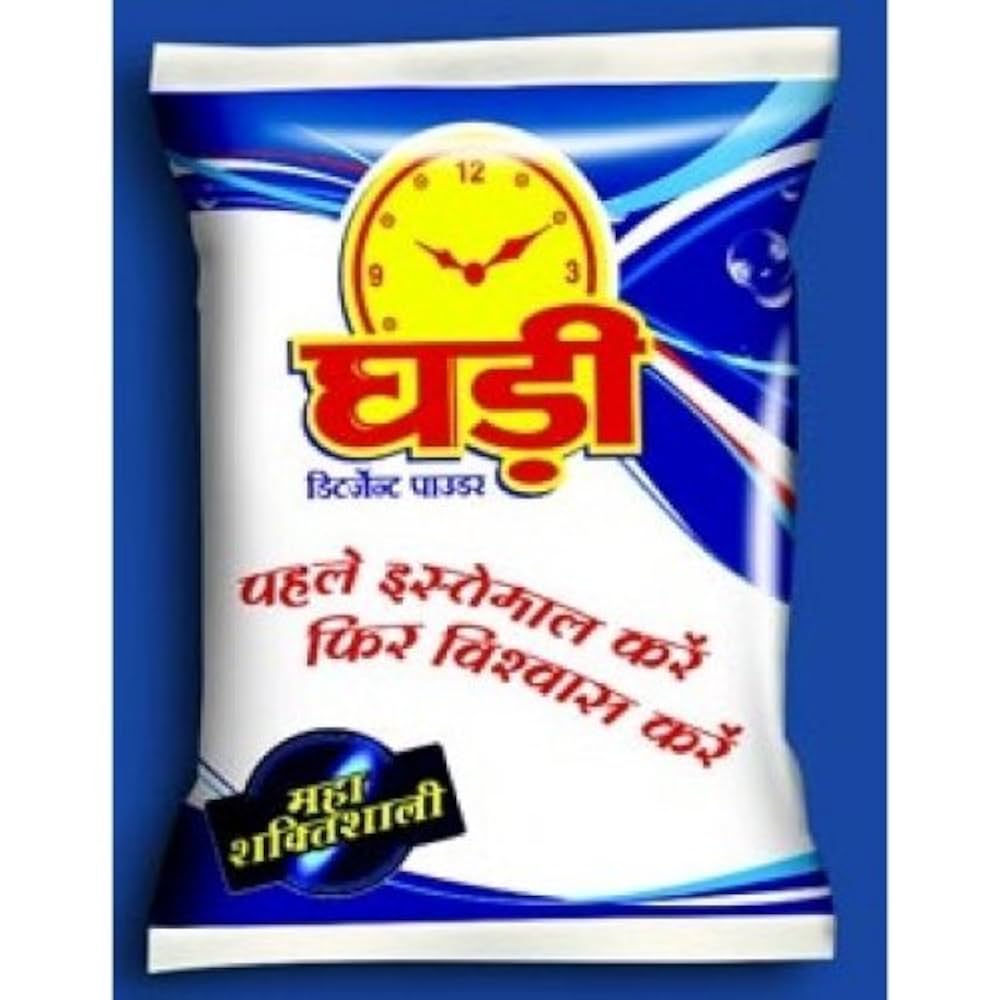
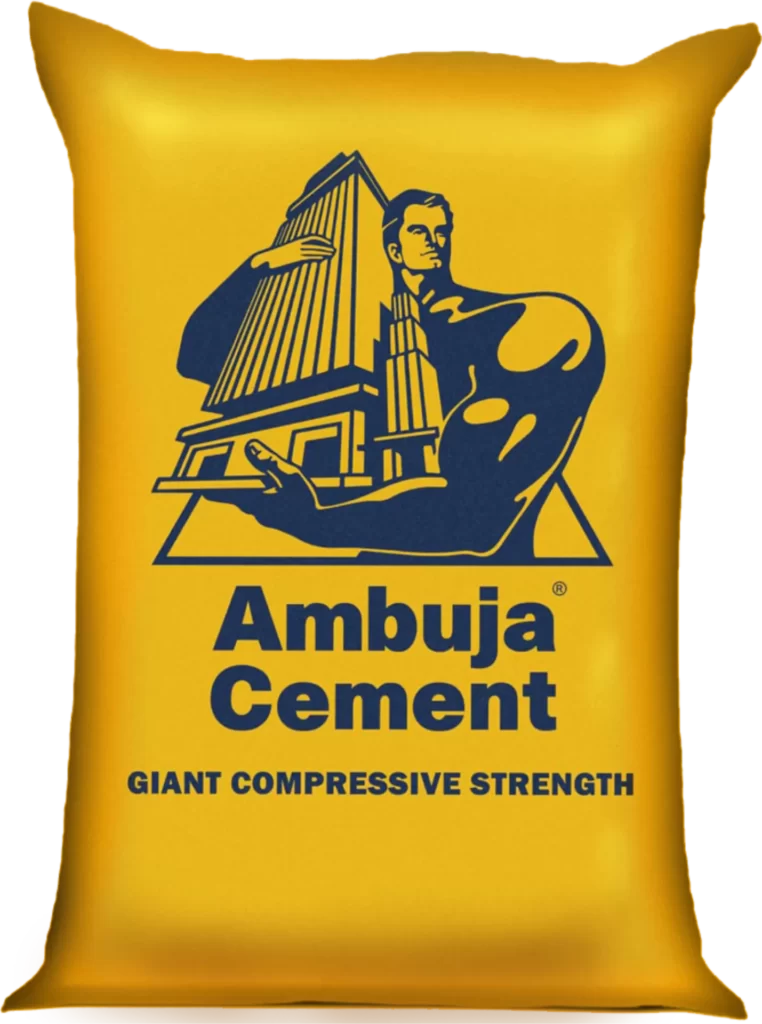
1 Comment